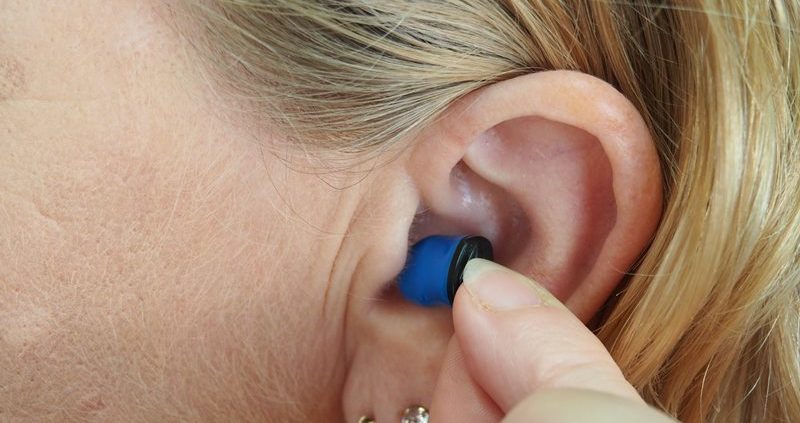More people are now experiencing hearing loss, unlike in the last decade. The threats stem from lifestyle and natural causes, but modern technology plays a significant role in the current situation.
While most people are oblivious to the damaging effects of excessive noise from everyday objects, protecting your ears is a vital strategy to preserve your hearing. The following article will help you understand common triggers and how to protect yourself.
Table of Contents
1. Misuse of Immersive Technology
As modern technology evolves, consumers can access various entertainment devices with enhanced audio capabilities. While the technology is not ill-intended, it can wreak havoc on your hearing. Loud volumes are commonplace in cinemas and hotels.
Most theaters and video games offer 3D, VR technology and surround sound, meaning people are predisposed to frequent loud noises, posing serious consequences to hearing health.
Any sound levels that cause mild tinctures can slowly degrade your hearing ability. While you may not notice the effects immediately, the condition can take a toll on your hearing after several years.
Most young and middle-aged people enjoy music using powerful earbuds connected to smartphones and other mobile devices. Typically, they tend to raise the volume to drown external distractions when using the accessories for a long time. Exposure to 60 decibels of noise for one hour can lead to permanent ear damage, but most people are exposed to over 85 decibels for a long time.
2. Age-Induced Physiological Changes
Presbycusis is a prevalent form of hearing loss associated with aging. The process is gradual and occurs over many years. Like other physiological changes linked to aging, hearing loss is a common but preventable condition. Mostly, it’s difficult to realize when the process is underway until the symptoms become obvious or someone close to you points out your condition.
Severe presbycusis is permanent and impairs the ability to perceive high-frequency sounds, including telephones, birds, and children’s voices. Some conspicuous symptoms of age-related hearing loss include difficulty understanding the voices you hear, recurrent episodes of prolonged tinnitus, and irritation from certain sounds.
Typically, presbycusis falls under sensorineural hearing impairment, meaning it’s triggered by changes in the inner ear. Similarly, changes in the nerve pathways can induce the condition. Health conditions like diabetes and high blood pressure can impair your hearing ability as you age.
3. Protecting Yourself
Most of the triggers that cause hearing loss are avoidable through public health and clinical interventions at various stages. In particular, hearing impairment due to loud noise and some types of presbycusis are avoidable.
The same technology that creates earbuds and other potentially hazardous sound systems is also responsible for developing complex hearing aid devices. Modern hearing devices are contending for a top spot in sophisticated wearable technology, eliminating the trauma faced by people struggling with hearing challenges.
To safeguard optimum hearing abilities, ear protection is vital in occupational and recreational setups. Extended exposure to non-musical noises from machinery can lead to gradual hearing loss.
However, various protection accessories, including custom earplugs from HearCanada and glycerine earmuffs, can offer effective protection from damaging noise levels.
Endnote
The prevalence of hearing loss can be attributed to several factors, including audio technology and aging complications. While some types of hearing loss are permanent, you can prevent the condition by observing proper ear health protocols and minimizing frequent exposure to damaging noises.






